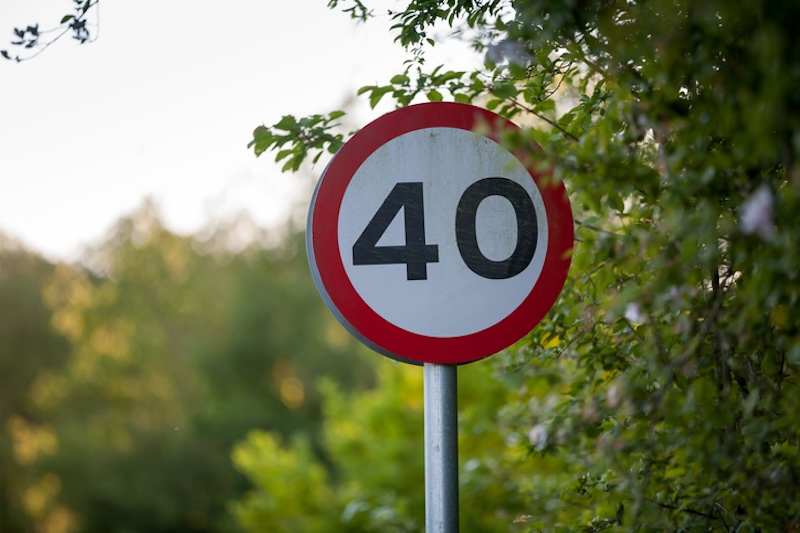Passing your MOT is getting harder, will your car pass?

The annual road worthiness test for vehicles is having a major overhaul this month, and it could mean it’s more difficult to pass. Here’s a look at the five main changes and some tips on how to keep your vehicle on the road…
The MOT test was first introduced in 1960 under the direction of Ernest Marples the Minister of Transport. Originally a basic check of brakes, lights and steering, the annual test was only required for vehicles over 10 years old.
The high level of failures mean that over time, the threshold for roadworthiness and the age requirement for cars have changed, and up until this month most vehicles over three years old are required to have a valid MOT certificate.
From 20th May, and for the first time in years, changes are happening. These include the introduction of categories, exemptions for older vehicles and stricter rules for diesel car emissions.
Neil Barlow, Head of MOT policy for the Driver and Vehicles Standards Agency, told Auto Express that the new categories will “help motorists do the right thing – i.e. not drive away from a garage”.
He adds: “We’ve done a lot of research with motorists to find out what sort of information helps.”
MOT categories
If a testing centre picks up problems with a vehicle, they will be categorised as either dangerous, major or minor. The category will depend on the type of defect and how serious it is.
Dangerous and major issues will result in an immediate fail, whereas you could still pass if there are minor problems detected.
The tester may also record your car or bike under the “advisory” category if there are any issues that you need to monitor. A vehicle will only receive a complete pass if there are no issues at all to note.
The categories are…
- Dangerous: A direct and immediate risk to road safety or has a serious impact on the environment. Do not drive the vehicle until it has been repaired.
Result: Immediate fail
- Major: It may affect the vehicle’s safety, put other road users at risk or have an impact on the environment. Repair it immediately.
Result: Immediate fail
- Minor: No significant effect on the safety of the vehicle or impact on the environment. Repair as soon as possible.
Result: Pass
- Advisory It could become more serious in the future. Monitor and repair it if necessary.
Result: Pass
- Pass: It meets the minimum legal standard. Make sure it continues to meet the standard.
Result: Pass (obviously)
New checklist
MOT test centres will have a new list of things to check as part of the annual checks, and failing these could result in your car being considered unroadworthy.
You can do some of these checks yourself, and it’s worth giving your vehicle an “at home” MOT before taking it in for testing.
These checks include:
- Obviously under-inflated tyres
- Contaminated brake fluid
- Fluid leaks that pose an environmental risk
- Brake pad warning lights
- Missing brake pads or discs
- Headlight washers on vehicles first used from 1st September 2009 (if they have them) must be working
- Working reversing lights on vehicles first used from 1st September 2009
Vehicles first used from 1st March 2018 are also required to have fully-functioning daytime running lights. However, most of these vehicles aren’t required to have their first MOT until 2021 when they’re three years old so the rules won’t immediately come into effect.
MOT changes for diesels
Limits for emissions from diesel cars will be made stricter from 20th May 2018.
Cars with a diesel particulate filter (DPF) – which captures and stores exhaust soot to reduce emissions – will be scrutinised and this could result in your vehicle failing the MOT.
If the MOT tester detects smoke of any colour coming from the exhaust, or finds evidence that the DPF has been tampered with, then your vehicle will be categorised as have a major defect and will fail the test.
Test certificate
When you pass or fail your MOT you’re issued with a certificate by the test centre. These details are also recorded online so that prospective buyers and interested parties can check on a vehicle’s MOT history.
A new certificate will come into force with the new rules, and will list any defects under the new categories, making them clear and easy to understand.
The service to check the MOT history of a vehicle will be updated to reflect the changes.
40-year exemption
Cars, vans, motorcycles and other light passenger vehicles that have celebrated their will no longer be required to have an annual MOT test.
The exemption will work on a rolling basis. For instance, if a car was first registered on 31st May 1978, it won’t need an MOT from 31st May 2018.
There are some exemptions, including…
- If your car has been substantially changed
- If your vehicle has been issued with a registration number with a ‘Q’ prefix
- Kit cars assembled from components from different makes and model of vehicle
- Reconstructed classic vehicle as defined by DVLA guidance
- Kit conversions – where a kit of new parts is added to an existing vehicle, or old parts are added to a kit of a manufactured body, chassis or monocoque bodyshell changing the general appearance of the vehicle
You can be fined up to £1,000 for failing to keep your car’s MOT up to date. To avoid other penalties and points, check out our guide on 2018 motoring law changes…


